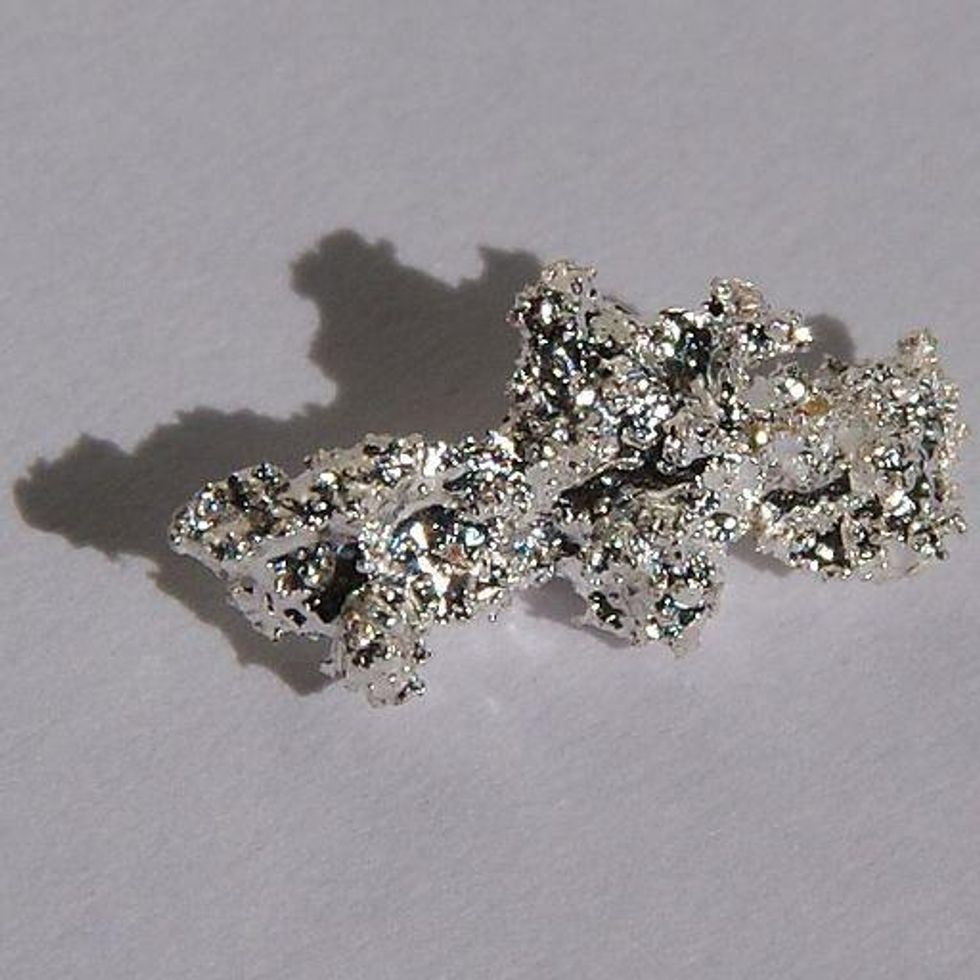New Database Identifies Products Containing Silver Nanoparticles
A new database launched by the Washington, DC-based Wilson Center aims to identify products that contain potentially harmful silver nanoparticles.
Silver has been used in medicine for thousands of years, according to the Silver Institute, and in recent decades, as technology has progressed by leaps and bounds, its applications have only grown.
In particular, silver nanoparticles, whose antibacterial properties are lauded, have increasingly been used to help heal wounds, diagnose diseases at an early stage and much more. However, despite this wide usage, there is still some concern that these nanoparticles may be toxic.
To address that concern, the Washington, DC-based Wilson Center recently launched a public database aimed at identifying “products containing silver and other nanoparticles.”
What are silver nanoparticles?
Silver nanoparticles are tiny particles of silver — as Nina Quadros, who works with the Wilson Center and is associate director at the Virginia Tech Center for Sustainable Nanotechnology, recently told CBC News, “[t]he only thing that [distinguishes] a silver nanoparticle from a silver spoon or a silver earring is the fact that it is so, so very small.”
Exactly how small can vary — silver nanoparticles range between 1 and 100 nanometers in size. To put that in perspective, a nanometer is equal to one-billionth of a meter.
These nanoparticles can be created in a variety of ways. A Nanomedicine article explains that while they are traditionally prepared via “chemical synthesis based on the chemical reduction of silver nitrate,” they “can also be synthesized using biological methods.” As yet, no studies have been completed on whether different preparation methods affect efficacy.
New database addresses concerns
For the most part, worries about silver nanoparticles stem from the fact that there is not much information on their potential negative effects. Quadros explained to CBC News, “[w]e don’t really understand very well what can happen to people when they get exposed to high doses of silver nanoparticles.”
That’s an issue largely due to the the fact that silver nanoparticles are included in many everyday products. While they are probably most well known for the medical uses described above, they are also used in toothpaste, face cream, kitchen utensils and can even be embedded into textiles such as toys and underwear to increase resistance to mold and bacteria.
The Wilson Center’s database, called the Nanotechnology Consumer Products Inventory, aims to help consumers — and, the organization hopes, policy makers — “make up their own mind on the safety or efficiency of a product,” by informing them of exactly which products contain silver and other nanoparticles.
Currently, the database includes 1,628 products from around the world, with silver being the most common material in the database, as per CBC News. Each product has its own page where there is a section showing what researchers say about it, as well as one with a description of the product from the company that makes it.
Moving forward, the center plans to use crowdsourcing to keep the database accurate and up to date. Users who register are able to “submit relevant data pertaining to nanoparticle function, location, properties, potential exposure pathways, toxicity and life cycle assessment,” as per the database’s website. Whether or not the database has any effect on companies’ use of silver nanoparticles remains to be seen.
Securities Disclosure: I, Charlotte McLeod, hold no direct investment interest in any company mentioned in this article.
Related reading:
